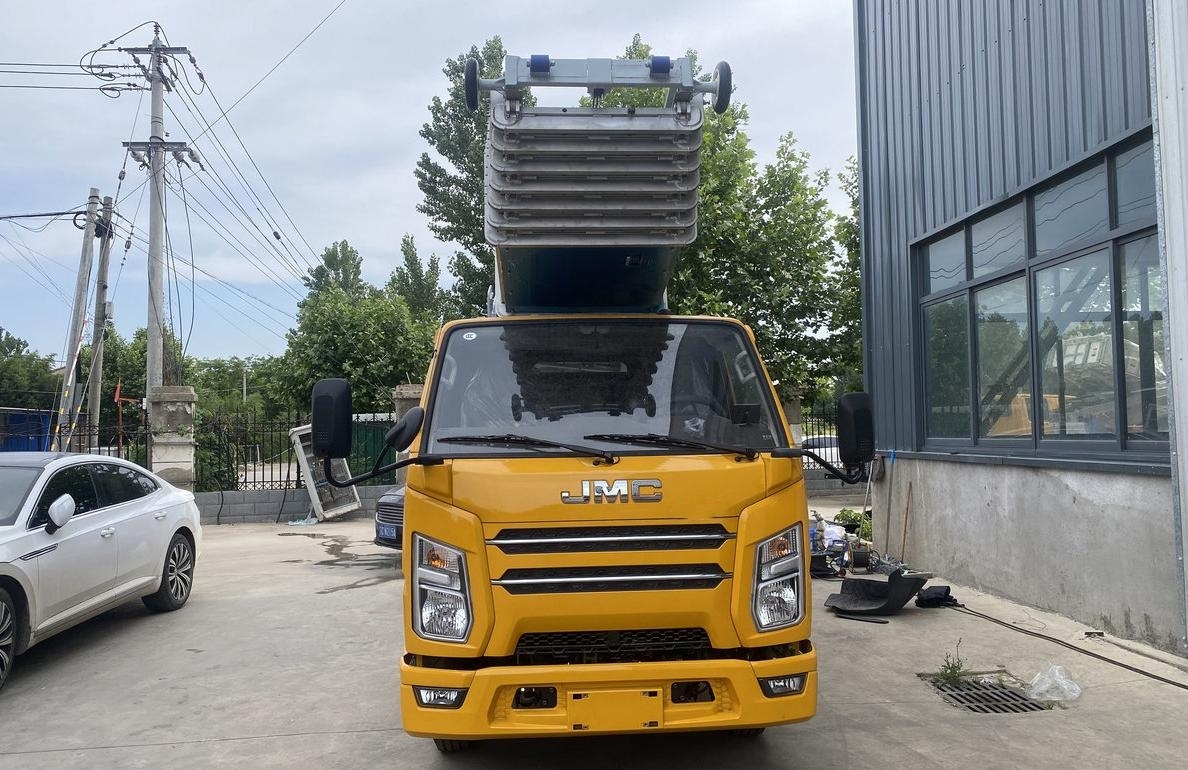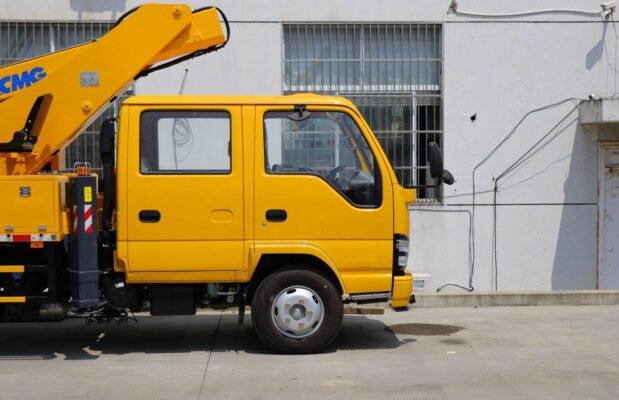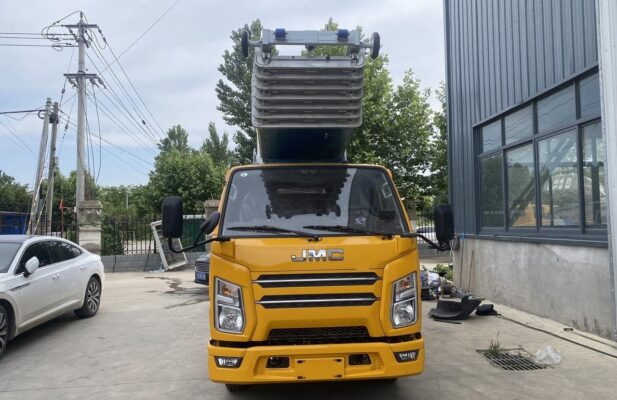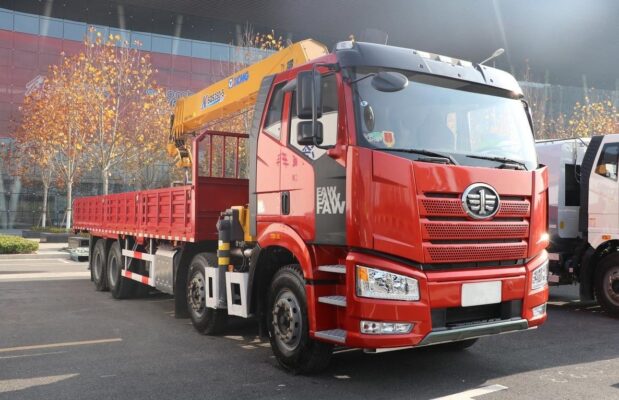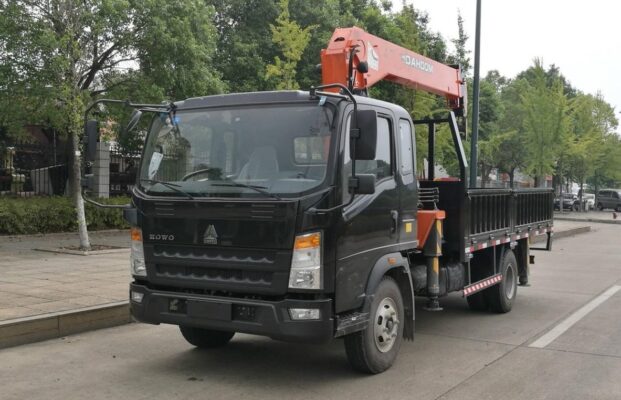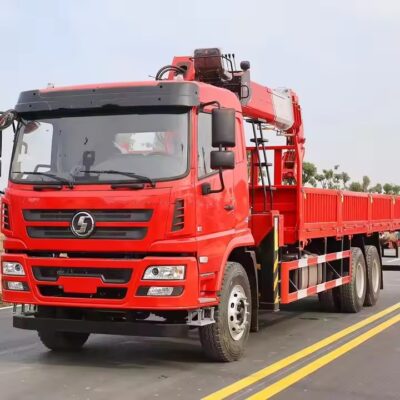Maintaining hoisting machinery, specifically winch units, is crucial for ensuring their efficiency, 安全性, and longevity. Regular maintenance tasks involve checking lubricant levels, replacing lubricants as needed, and applying grease to various components. This guide outlines essential maintenance procedures to keep winch units operating optimally.
1. Monitoring Gearbox Lubricant Levels
Observation of Oil Window:
- Regularly inspect the oil window on the gearbox to determine the lubricant level. It is essential to ensure that the lubricant remains within the specified range to prevent mechanical failures.
Supplementing Lubricant:
- If the lubricant level falls below the prescribed level, promptly supplement it with the appropriate lubricant. Neglecting to maintain proper oil levels can lead to increased wear and potential damage to the gearbox.
2. Lubricant Replacement Schedule
Frequency of Replacement:
- For winches that are not frequently used and are operated in optimal conditions, it is recommended to replace the lubricant in the gearbox every six months.
- In harsher operating environments, where dust, moisture, and contaminants are prevalent, the lubricant should be replaced quarterly. This ensures that the gearbox remains protected from wear and maintains optimal performance.
Immediate Replacement Conditions:
- If there are signs of water ingress in the gearbox or if the lubricant appears foamy and deteriorated, it is crucial to change the oil immediately. Contaminated lubricant can severely affect the operation and lifespan of the winch.
Adhering to Specifications:
- When changing the lubricant, always follow the specifications outlined in the gearbox manual regarding the types of lubricants to use. Mixing different oils can lead to chemical reactions that reduce lubrication effectiveness and damage the machinery.
3. Lubrication of Drum Bearings and Wire Ropes
Bearing Seats:
- Lubricate the bearing seats at both ends of the drum every two days. This regular application of grease helps maintain smooth operation and prevents excessive wear on the bearings.
Drum Surface and Steel Wire Rope:
- Apply grease to the surface of the drum and the steel wire rope as necessary. Proper lubrication of the wire rope is essential to reduce friction, minimize wear, and prevent rusting.
Pulley Block Bearings:
- The rolling bearings of both the fixed and movable pulley blocks should be supplemented with grease once a month. This practice ensures that the bearings operate smoothly and efficiently, reducing the risk of failure.
4. Lubrication of Brake Linkage
Moving Pivot Points:
- Lubricate the moving pivot points of the brake linkage weekly with oil. Regular lubrication of these components is vital for maintaining the responsiveness and effectiveness of the braking system.
5. General Maintenance Tips
Routine Inspections:
- Conduct regular inspections of the winch unit to identify any signs of wear, leaks, or other potential issues. Early detection of problems can prevent costly repairs and downtime.
Cleaning:
- Keep the winch unit clean and free from debris. Dirt and grime can accumulate in moving parts, leading to increased friction and wear. Regular cleaning helps ensure that all components function smoothly.
環境上の考慮事項:
- Ensure that the winch is operated in a suitable environment. Avoid exposing the unit to extreme conditions, such as excessive moisture, which can lead to corrosion and damage.
Training and Awareness:
- Train all personnel involved in operating and maintaining the winch on the importance of regular maintenance. Providing clear instructions and guidance will promote adherence to maintenance schedules and safety protocols.
Documentation:
- Keep a maintenance log that records all inspections, lubricant changes, and repairs. This documentation is valuable for tracking the winch’s performance and for reference during future maintenance activities.
結論
Proper maintenance and care of hoisting machinery winch units are vital for ensuring safe and efficient operation. By regularly monitoring lubricant levels, adhering to replacement schedules, and performing routine lubrication, operators can significantly extend the lifespan of their equipment and prevent operational failures. Implementing these practices, along with ongoing training and proper documentation, will foster a culture of safety and efficiency in hoisting operations.

